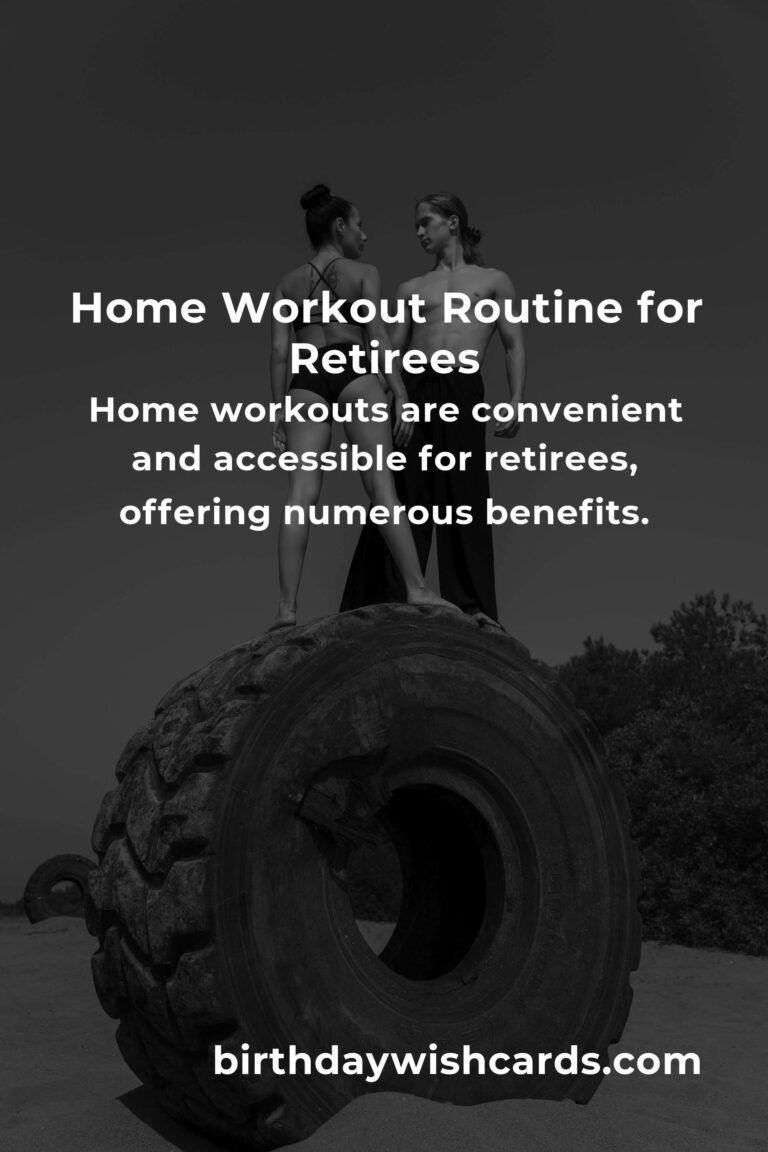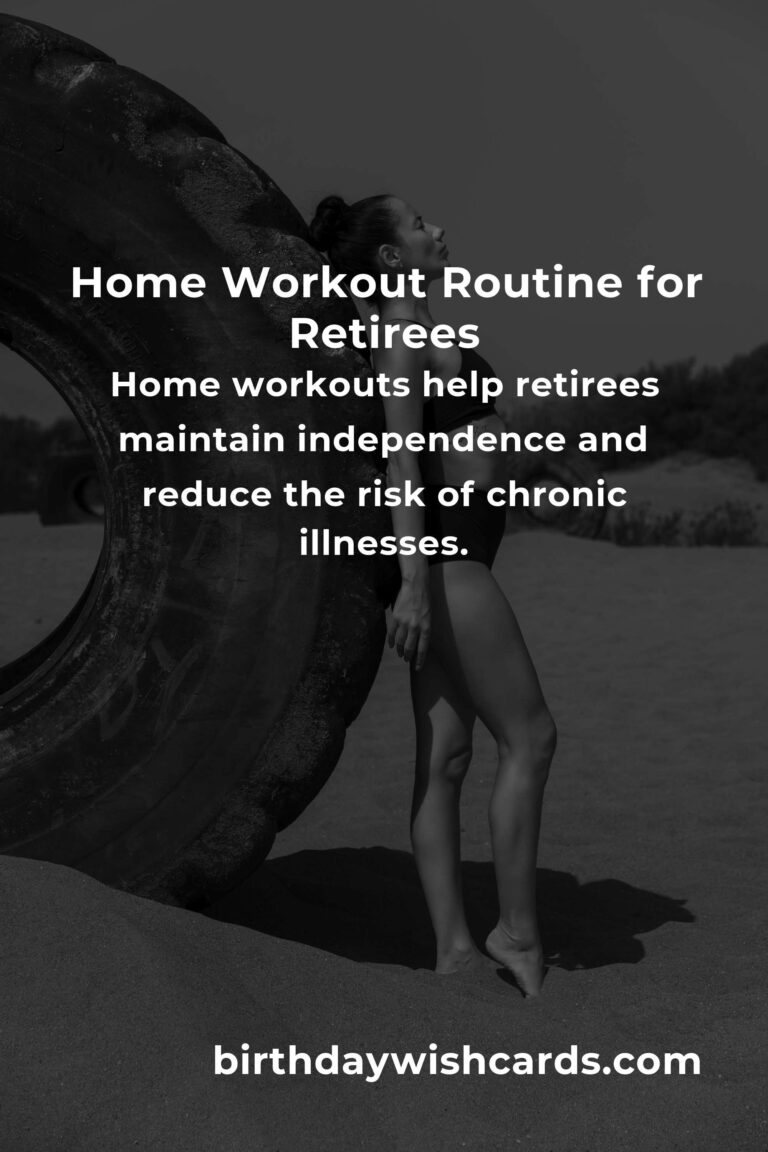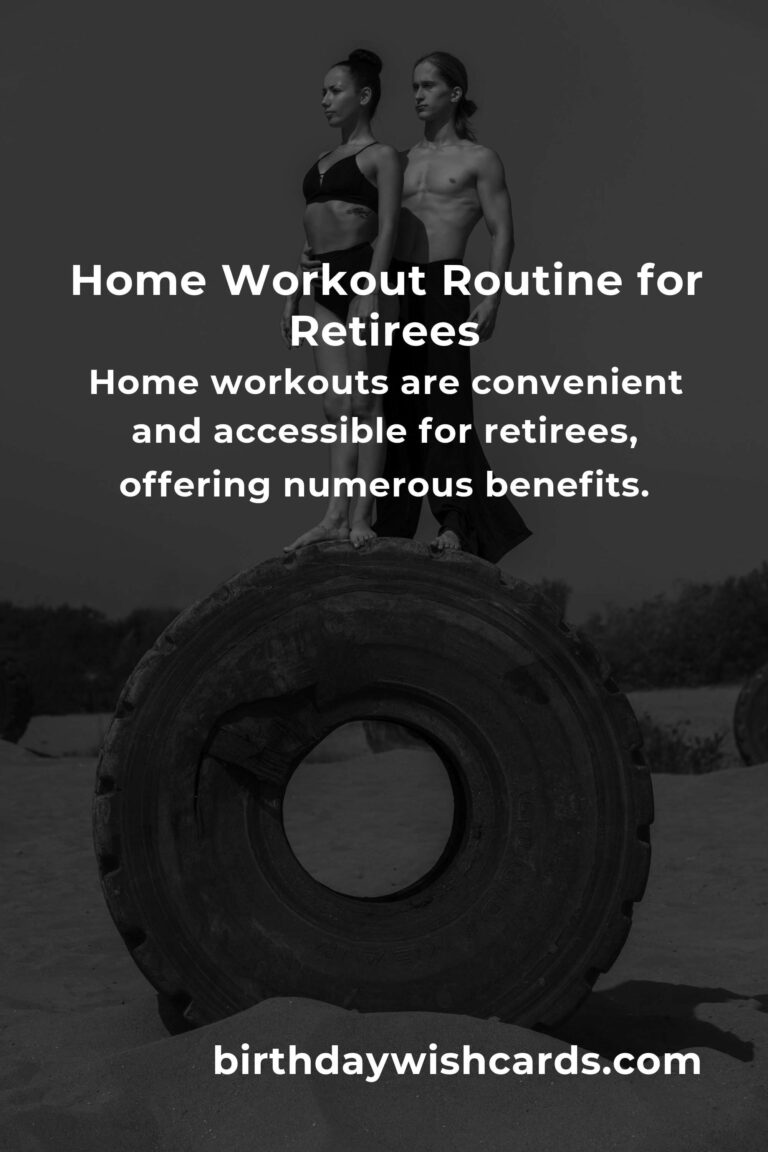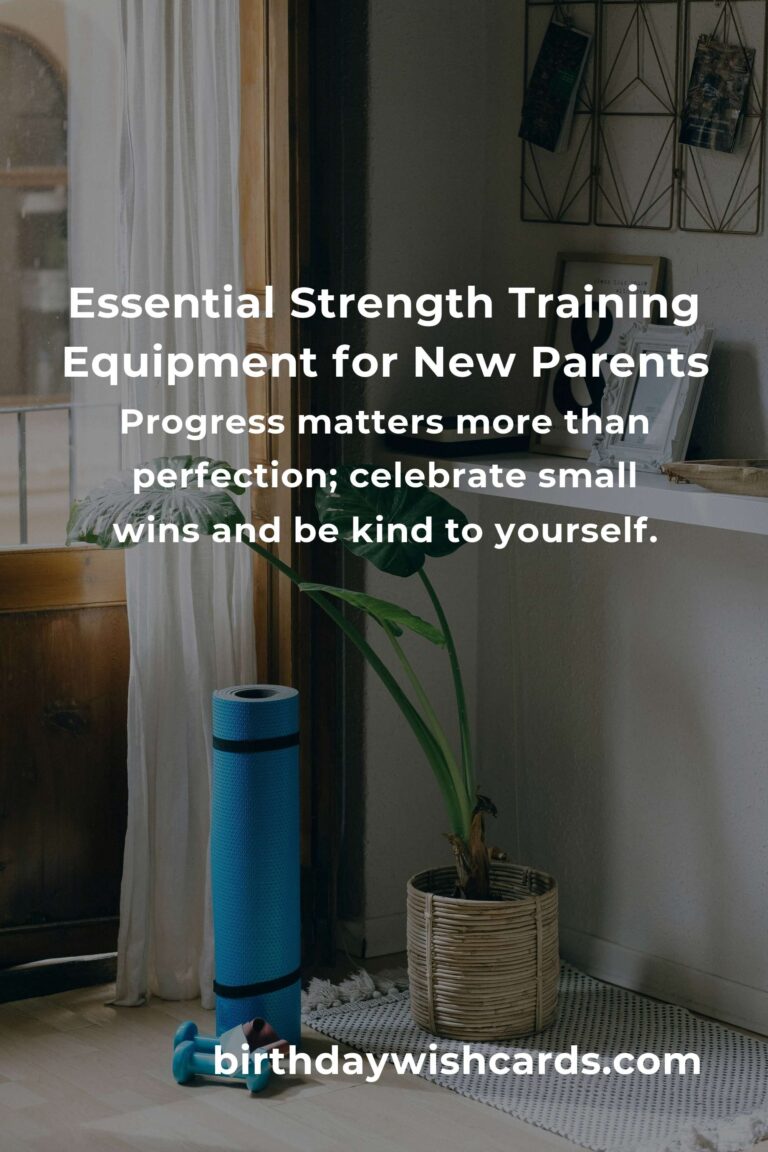
Retirement is a time to relax and enjoy the fruits of your labor, but it’s also crucial to maintain an active lifestyle. Engaging in regular physical activity can help retirees stay healthy, improve their mood, and increase their longevity. Home workouts provide a convenient and accessible way to stay fit without the need for a gym membership. In this article, we will explore effective home workout routines tailored specifically for retirees.
The Importance of Staying Active in Retirement
As we age, maintaining physical fitness becomes increasingly important. Regular exercise helps improve cardiovascular health, strengthen muscles, enhance flexibility, and boost mental well-being. For retirees, staying active can also mean maintaining independence and reducing the risk of chronic illnesses such as diabetes, heart disease, and osteoporosis.
Benefits of Home Workouts for Retirees
Home workouts offer numerous benefits, especially for retirees who may prefer to exercise in the comfort of their own space. These benefits include:
- Convenience: No need to travel to a gym or fitness center.
- Cost-effective: Save money on gym memberships and transportation.
- Customized pace: Work out at your own speed without pressure from others.
- Privacy: Exercise without feeling self-conscious.
- Variety: Access to a wide range of exercises that can be done at home.
Key Components of a Home Workout Routine
An effective home workout routine for retirees should include the following components:
1. Warm-Up
Start with a light warm-up to prepare your body for exercise. This could include marching in place, gentle arm circles, or light stretching. A good warm-up increases blood flow to your muscles and reduces the risk of injury.
2. Cardiovascular Exercise
Engaging in cardiovascular exercises helps improve heart health and stamina. Options for home cardio include brisk walking around your home, marching in place, or following a low-impact aerobic video. Aim for at least 20-30 minutes of moderate cardio activity most days of the week.
3. Strength Training
Strength training is vital for maintaining muscle mass and bone density. Simple exercises such as bodyweight squats, seated leg lifts, wall push-ups, and resistance band workouts can be easily done at home. Incorporate strength training exercises 2-3 times per week.
4. Flexibility and Balance
Improving flexibility and balance can prevent falls and enhance mobility. Incorporate exercises such as yoga, tai chi, or gentle stretching routines. Practicing balance exercises, like standing on one leg or heel-to-toe walks, can also be beneficial.
5. Cool Down
End your workout with a cool-down session to gradually lower your heart rate. This can include slow walking and stretches, focusing on major muscle groups. A proper cool-down aids in recovery and reduces muscle soreness.
Tips for Staying Motivated
Staying motivated can sometimes be challenging, but these tips can help you stay on track:
- Set realistic goals and track your progress.
- Find an exercise routine that you enjoy.
- Invite a friend or family member to join you for accountability.
- Mix up your workout routine to keep it interesting.
- Reward yourself for reaching milestones.
Conclusion
Home workouts provide retirees with a practical and flexible way to maintain their health and fitness. By incorporating various exercises that focus on cardio, strength, flexibility, and balance, retirees can enjoy the physical and mental benefits of regular exercise. Remember, it’s never too late to start, and every bit of movement counts towards a healthier lifestyle. Embrace this new chapter with enthusiasm and make staying active a part of your daily routine.
Retirement is a crucial time to maintain an active lifestyle for health and longevity.
Home workouts are convenient and accessible for retirees, offering numerous benefits.
An effective workout routine for retirees should include warm-up, cardio, strength, flexibility, and balance exercises.
Staying motivated can be achieved by setting goals, enjoying the routine, and inviting friends.
Home workouts help retirees maintain independence and reduce the risk of chronic illnesses.
#RetirementFitness #HomeWorkouts #ActiveLifestyle #HealthyAging #StayFit













